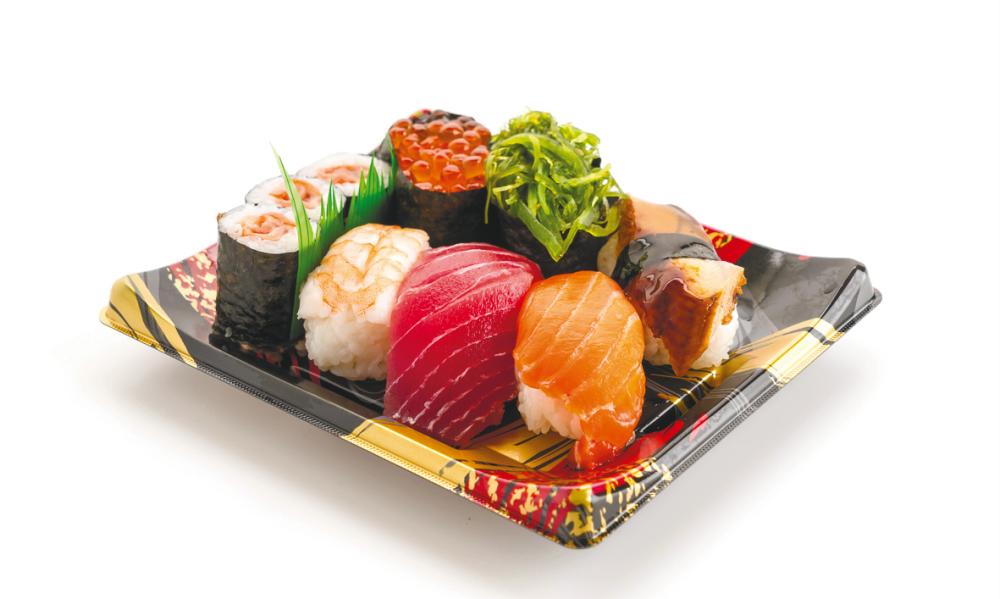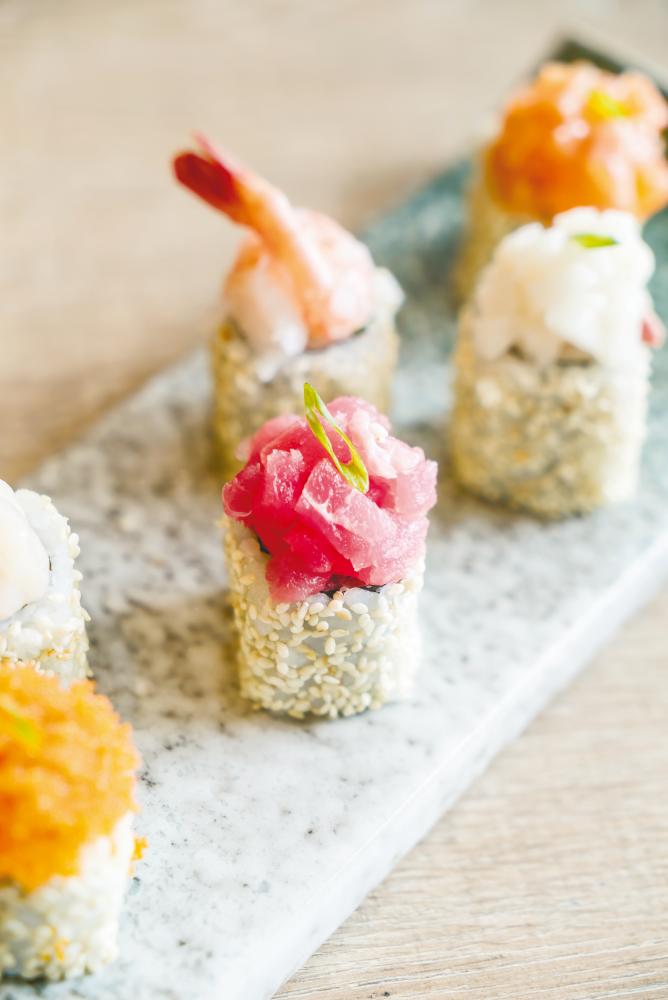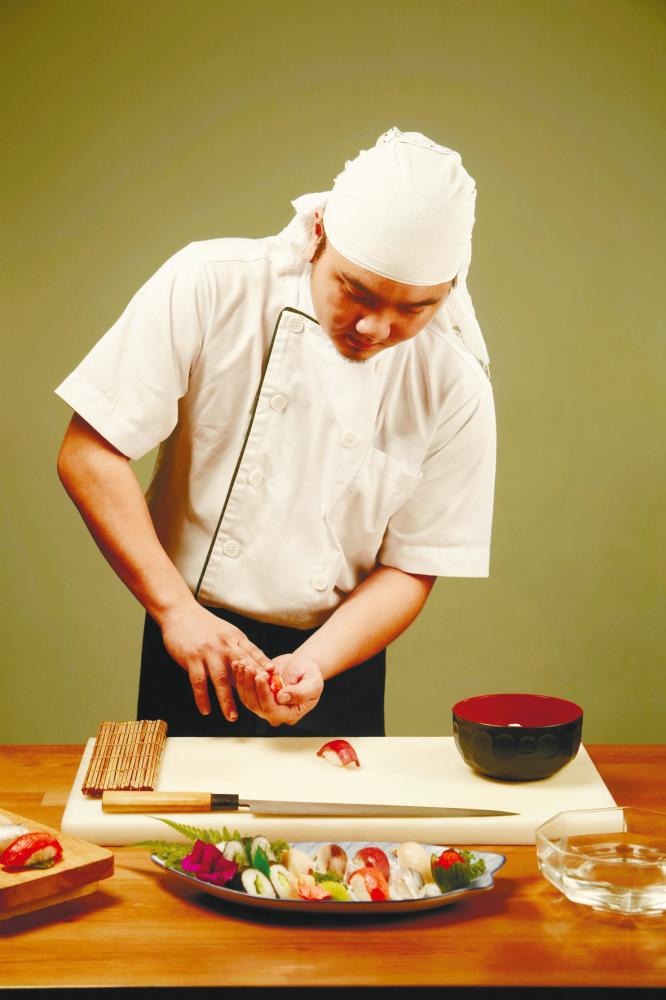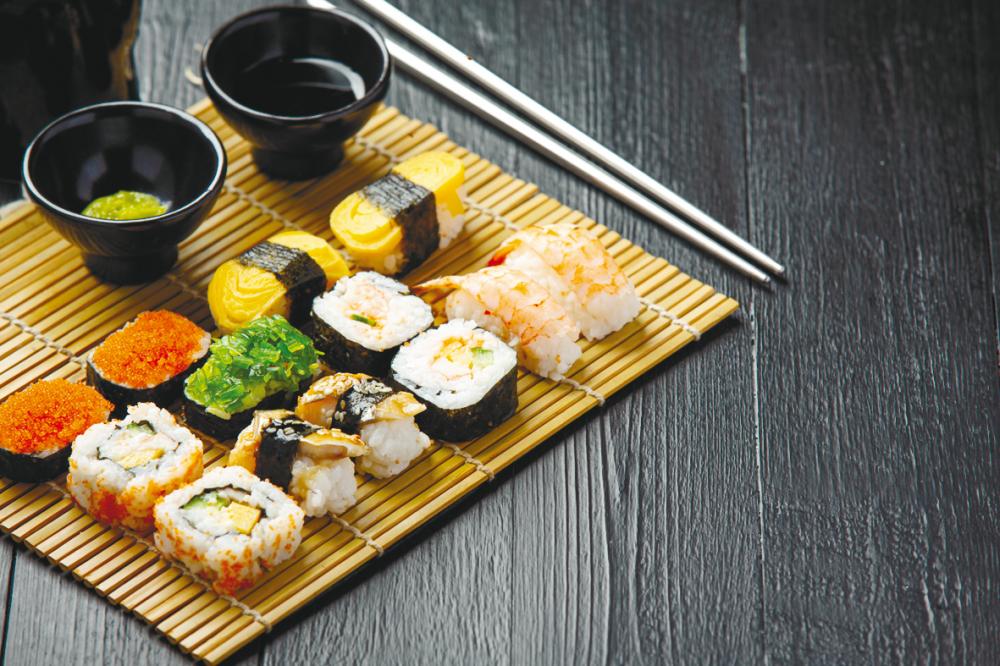FOR Japanese cuisine lovers, sushi might be the first thing that comes to mind when we think “Japanese food”. These days, sushi can be found both in grocery stores and restaurants, but its origins might surprise you.
Sushi traces its origins back to the 4th Century, to a Chinese dish called narezushi, fermented fish pickled with rice. Interestingly, the rice was typically thrown out when eating the fish, as it was used only to wrap and preserve the fish.
However, this sushi is not quite the same as the sushi we know today. The person generally credited as the inventor of modern sushi is Japanese restaurateur and chef Hanaya Yohei.
Before sushi became the quick grocery food we can take away, it has always been considered a highly artistic and skilled type of food preparation.
As an art form, its appearance is just as important as how it tastes, focusing on the right colour, flavour, and texture, which can take years or even decades to master.

When sushi was introduced to the West in the early 1900s, middle-class Americans began trying sushi themselves by the 1960s and started liking it. Since the idea of eating raw fish didn’t immediately catch on in America, many Japanese restaurants began experimenting with new taste combinations and sushi rolls, and one of the most popular variations is the now-ubiquitous California Roll, which is an uramaki roll with cucumber, imitation crab meat, and avocado with white rice.
Nowadays, sushi typically comes in six delicious forms, namely sashimi, nigiri, chirashi, maki, uramaki, and temaki.
Sashimi is a Japanese delicacy consisting of fresh raw fish or meat sliced into thin pieces and often eaten with soy sauce and wasabi.
Nigiri is the typical sushi that people recognise, which is an oblong-shaped vinegared rice ball with slices of toppings on top. Gunkan, which means “warship”, is another form of nigiri, where a tall strip of nori (seaweed) forms a ‘bowl’ that is filled with looser toppings like fish eggs or chopped seasoned raw fish.
Unlike the individual hand-pressed single bite-size pieces of sushi, chirashi is a traditional style of sushi which scatters sushi on top of a bowl of rice served with a variety of vegetables. But don’t be fooled by the name, because chirashi bowls have toppings that are actually neatly and beautifully presented on top of the bowl.
Maki is rolled sushi cut into bite-size pieces wrapped in a thin layer of nori, and is commonly found in sushi boxes. Fillings are usually made up of long slices of vegetables, fish, or other meat and rolled with a bamboo sushi rolling mat, called a makisu, which is where it gets its name from.
To make a maki roll, you’d lay a piece of nori, shiny side down on the makisu, then add a flat and even layer of vinegared rice on the ⅓ bottom part of the nori, before laying your straight long slices of toppings across a little lower of the middle of the rice.
Then, take the bamboo mat and gently pull the bottom section up over the filling. Continue to roll the sushi, pulling the mat straight away from you to coax a nice roll. Once the roll is complete, pick up the mat with the roll and press firmly. This will press the rice into position, and the last naked bit of nori will stick to itself, sealing the roll. Cut your roll using a large, sharp knife, and you will get a maki roll!

For the uramaki, which means inside-out roll, it’s the same concept except that the roll of rice rolls the nori inside, creating an outer layer of rice with nori and filling on the inside. Meanwhile, temaki means “rolled by hand”, and these sushis are prepared and wrapped in nori in a cone shape. The conical shape came about so that the soy sauce, which was served with the temaki, wouldn’t drip on people’s clothes when people were eating on the go.
The art of eating sushi
Now that you’re familiar with all the different types of sushi, here’s how to eat them. Typically, Malaysians would mix the wasabi into the soy sauce as a dipping sauce. However, the traditional way of eating sushi is actually to place a small amount of wasabi on top of the slice of raw protein before dipping the other side of it into the soy sauce. This is because wasabi is actually an expensive plant which is difficult to grow.
Over 95% of wasabi served in sushi restaurants does not contain any real wasabi. Most fake wasabi is made from a blend of horseradish, mustard flour, cornstarch and green food colourant.
Real wasabi paste is made by grating the wasabi rhizome, and fresh wasabi tastes best when it’s freshly grated and has a pungent yet delicate taste that begins to break down within minutes. It is usually used to highlight a fish’s flavour, and that is why wasabi needs to be used artfully and correctly to really showcase its taste. Similarly, if you’re eating a nigiri, the sushi chef would usually already include a small amount of wasabi inside the underpart of the fish which is covered with the rice.
To eat it, turn it a bit and dip the side with the fish in the soy sauce, instead of soaking the rice in the soy sauce.

Besides chopsticks, you can also eat sushi with your hands, as that was the original way of eating sushi. Sushi is traditionally prepared with bare hands, and good chefs rely on tactile sensation to gauge the quality of the meat that they’re cutting and moulding into just the right bites. Well-trained sushi chefs adhere to strict codes of cleanliness and hygiene while they work, so good sushi is made with perfect care, attention, and has (literally) a human touch.
Ideally, you should eat sushi made with lighter, white fish first and work your way to rich, fatty fish. If you start with the stronger-tasting or fatty toppings first, it might be difficult to savour the subtler flavours afterwards. And if you’ve seen pickled ginger in Japanese restaurants, they’re actually there to help you get past the burn of the wasabi and clear your palate by removing the lingering flavour of your last sushi roll to prepare you for the next dish.
Even after all this, you can still find sushi sold as casual street food or even at grocery shops. Truth is, it’s perfectly alright to eat sushi in however method you like, as long as you savour all the delicious ingredients. But if you’re looking to up your sushi game, try omakase at a formal Japanese restaurant.
Omakase is a Japanese phrase used when ordering food in restaurants, in which guests leave themselves in the hands of a chef. Usually, the sushis served is seasonal, elegant, and artistic. Dining omakase means being face-to-face with the chef, and the chef will serve one sushi to you at a time. Although it might be pricey, if you’re looking to explore and experience new things, then omakase is a great choice!














